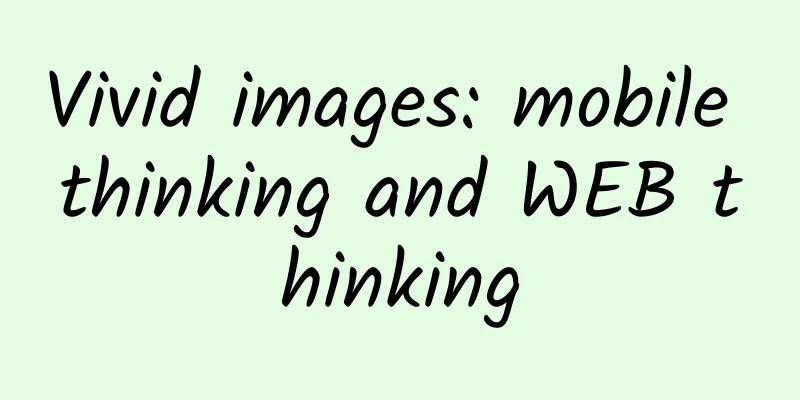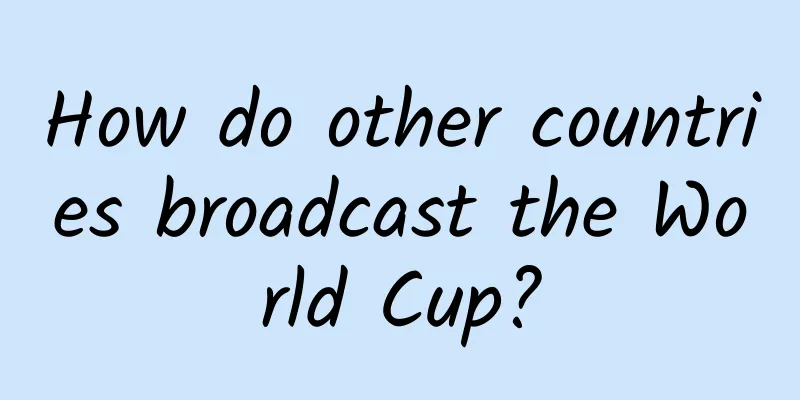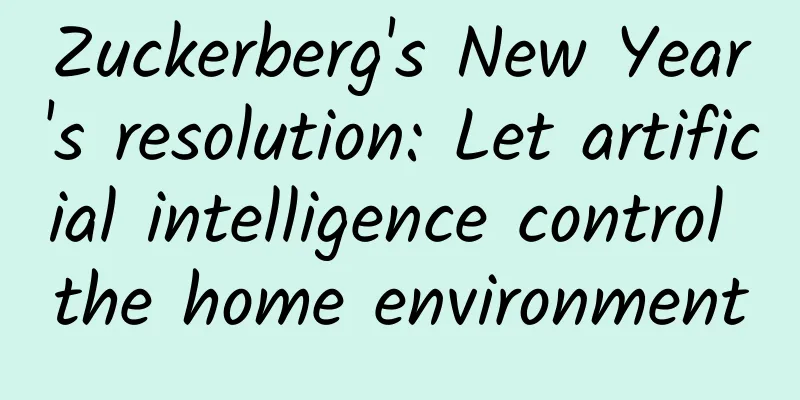Vivid images: mobile thinking and WEB thinking

|
With the rise of mobile Internet, the term mobile thinking is increasingly mentioned. People often ask me what mobile thinking is. In fact, this term is quite similar to WEB thinking. To summarize: The different physical devices lead to different usage methods and usage habits. (Thinking is for mobile product designers, while for users it is usage habits) Use squat toilets and toilets to illustrate web thinking and mobile thinking: Use WEB thinking to do mobile: Use mobile thinking to transform the WEB: In fact, no matter what kind of thinking it is, as long as the product is easy for users to use and conforms to their habits, it is fine. WEB thinking is considered the father of mobile thinking, but it cannot be completely moved to mobile. It still needs to be transformed according to the characteristics of mobile. Let’s explore some of the differences between web and mobile: A physical difference Physical differences include size and functionality. 1. Difference in size A PC can display more content on one screen than a smartphone, even though smartphones are getting bigger and bigger. The difference in screen size leads to differences in layout design on the web and on mobile phones. At the same time, the interaction methods of WEB and mobile devices are different. There are more types of gestures than mouse operations, and the characteristics of gestures can be used to make many interesting and novel interactions.
But the click area of your finger is larger than the cursor. And due to the "badness" of mobile scenarios, the content and fonts on the mobile terminal should be as large as possible to make them easier to recognize. Because your users may be on a crowded bus or subway, or they may be playing with their phones while walking. 2. Functional differences Compared with traditional PCs, smartphones are portable and have various built-in sensors. Many applications have been developed based on the unique features of smartphones: There are also flashlight applications based on the front flash feature, drawing applications based on the touch screen feature, and other functions such as shake and scan, which are difficult to implement on traditional PCs. Therefore, when making mobile products, we must make full use of the characteristics of smartphones. Differences in user usage habits The differences in mobile thinking are concentrated at this stage. The physical differences in devices lead to differences in user usage habits, so the thinking of product designers must change at this stage. Let’s first analyze the evolution of the following products.
It can be seen that from PC to mobile, products are becoming lighter and thinner. Why is there such a change? Because in the mobile scenario, the IQ of users is very low! Some may even be illiterate! On the web, users will focus most of their attention and energy on their PCs. On mobile, users will only allocate a small amount of attention to your app. For example, you can read a news app on the subway during the morning rush hour. You have to pay attention to the people around you and whether the subway has arrived at the station, so the attention you allocate to your app is actually very little. So now you know what mobile thinking is: Design products for adults! |
<<: What does Ubuntu Phone mean for the open source world?
>>: Please be kind to your programmers, otherwise hum!
Recommend
How to write a hot-selling product details page or product introduction?
Product introduction and product details are task...
What should I do if my credit card is overdue and debt collection comes to my door?
What should I do if my credit card is overdue and...
How to increase the click volume of public account menu in a more scientific way? (Learn and use immediately)
Here, taking increasing the click volume of the of...
From 0 to 100,000+, a practical review of the entire process of B2B community operation
For B-side customer acquisition, the WeChat ecosy...
SEMI: Global wafer fab equipment spending is expected to reach US$99 billion in 2022, an increase of about 9% year-on-year
SEMI released its latest quarterly World Fab Fore...
Take the initiative in your career: build your personal brand and let opportunities come to you
Course Catalog: 01 Make sure what you earn is wor...
iOS 9 Split Screen Multitasking: Picture in Picture (PiP) Quick Start (Chinese Version)
Follow the instructions in this section to use Pi...
A comprehensive analysis of product operations!
If a product is produced but cannot fully reach u...
Android is in chaos, Apple is king
Do you have the same or similar feelings: The And...
Can bamboo be used to build houses and highways? What high-tech is hidden in bamboo steel technology?
Do you believe that bamboo can be used instead of...
7 new ways to use private domain traffic!
I thought that it would take at least until the e...
What details should we pay attention to when doing Baidu bidding promotion?
Speaking of SEO, everyone should be familiar with...
JDRead Review: Highly Cost-Effective E-book with Deep Localization Customization
As one of the few products in China that can comp...
Do you have any of these scalp problems? Be careful, they may be causing the problem!
Audit expert: Peng Guoqiu Deputy Chief Physician,...
How to speed up deep learning on mobile apps? You will know after reading this article
Currently, mobile applications that use deep lear...

![Black Hat - Group Traffic Tik Tok Gameplay, can get 2 million group traffic in a year [paid article]](/upload/images/67cc031fb3061.webp)







